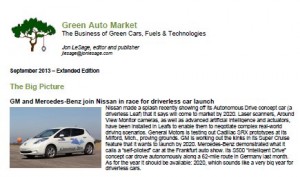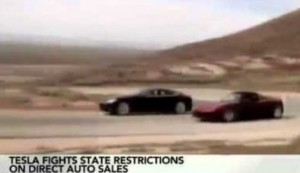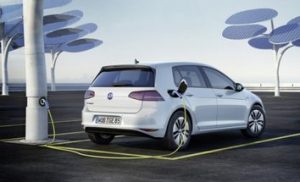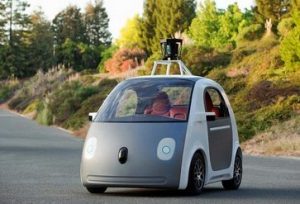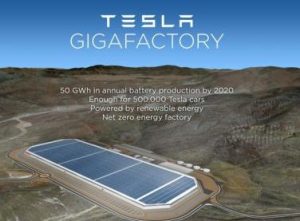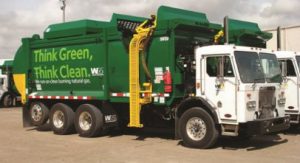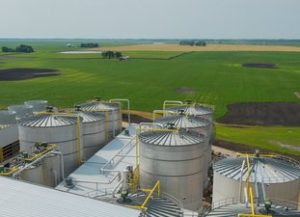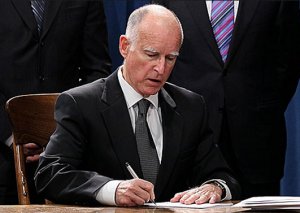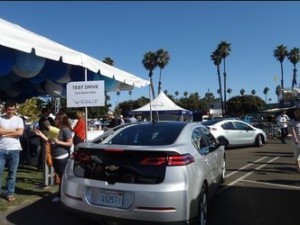 Now in its ninth year, AltCar Expo 2014 held in Santa Monica, Calif., on Friday and Saturday, was a must-attend for several stakeholders in clean transportation. Those of you who’ve receive this newsletter have previously read all about it. As for this year, here are a few highlights from my notes.…………
Now in its ninth year, AltCar Expo 2014 held in Santa Monica, Calif., on Friday and Saturday, was a must-attend for several stakeholders in clean transportation. Those of you who’ve receive this newsletter have previously read all about it. As for this year, here are a few highlights from my notes.…………
- The conference format was different this year. The panel topics were broken out into three sections on Friday – Fleets Track, Policy Track, and AltBuild Energy Track. NAFA Fleet Management Association presented workshops with Katherine Vigneau, professional development strategist, and Bryan Flansburg, director of transportation at University of Colorado and NAFA vice president, educating attendees through the association’s Certified Automotive Fleet Manager (CAFM) program. The role of state and local governments in converting over to alternative fuels, and the role that PEV Collaborative has played in California, were discussed during the policy track. AltBuild Energy co-located with AltCar Expo for building planners and designers to collaborate and discuss energy efficiency and the alternative fuel infrastructure.
- One of the highlights was listening to Tony Seba, Silicon Valley entrepreneur and Stanford University lecturer, making far-reaching forecasts about electric transportation, autonomous vehicles, and solar power. The statements were “outside the box” enough to be humorously mentioned by panelists during later presentations. One interesting point was seeing photos of a street in New York City in 1900 and then in 1913 – with one car featured in 1900 and the street filled with them 13 years later. That’s what is meant by “disruptive technology,” and Seba thinks Tesla Motors and the “gigafactory” are leading the way in this century. By 2030, Seba thinks that all mainstream cars will be electric and internal combustion engines will be obsolete; he based that radical assumption on a model analyzing the technology’s growth rates in the market. Another good one: it wasn’t Henry Ford who invented the modern automobile industry. Seba thinks a key enabler was General Motors and DuPont offering the very first car loans so that average income people could own their very first cars.
- NAFA’s Sustainable Fleet Standard Program may be rolled out for fleets in January 2015 or soon thereafter, according to Flansburg. NAFA and CALSTART have been working with 14 fleets on developing the measures for the certification program. Participating fleets will be asked to adopt standards based on core metrics (air quality, fuel efficiency, fuel usage, and emissions reductions) and supporting metrics (fleet plan, baseline fuel use, vehicle deployment, and vehicle operations). For measuring the data, CALSTART is utilizing metrics from the US Environmental Protection Agency, US Department of Energy, and the California Air Resources Board. Fleets will be advised to establish a baseline for measurable data with goals of reducing emissions from that point. One fleet might set 2013 emissions and fuel consumption as the starting point for meeting a certain percentage point in emissions reductions for the next few years. There’s no one alternative fuel or technology being recommended; fleets might hit their targets by reducing the numbers of vehicles in the fleet, converting over to natural gas vehicles, increasing driver efficiency, or other methods.
- Mike Britt, international fleet director at UPS, spoke during a case study panel on the delivery company being a test lab for nearly every type of alternative fuel and technology – CNG, LNG, hydraulic hybrid, propane, biomethane, electric, and hybrid electric. For the 100,000 vehicle fleet, 5% of them are targeted to be alternative fuel by the end of 2015 and 8% by the end of 2016; he thinks the vehicles will have driven one billion miles on alternative fuels by the end of 2017. During that panel, Michael Brylawski, CEO at Vision Fleet, described the challenges of getting fleets to consider electric vehicles (EVs). The company is working with fleets on improving their usage of EVs. For example, Chevrolet Volts used in fleets are only being plugged in to 30% of their potential. Vision Fleet is working with them on upping it to 50%. He says the company will be making a very big EV deployment announcement in about a month from now.
- It was very good to actually talk face-to-face with a few folks I’ve been on conference calls with and have exchanged emails with. They see AltCar Expo as an important conference to attend, but the decision is getting trickier than it used to be. As one automaker executive said, the challenge is deciding on which conference to attend. AltCar Expo has spun off two other conferences (Dallas and the bay area) and seems to have fueled a number of copy cats around the country tied to car shows, green conferences, etc. Companies have limited budgets for travel and time spent at events.
- Driving the Mercedes-Benz B-Class Electric Drive. While Mercedes-Benz would argue with me placing its B-Class in other another vehicle category, I would say that it’s the very first ever electric crossover, or SUV, to go on the market. I thought it was going to be the Tesla Model X, which is rolling out next year. It was also interesting to drive the B-Class F-Cell; about 70 of them are coming off lease and are available as certified pre-owned vehicles.
- Mike Calise, senior director, electric vehicle solutions, partner business at Schneider Electric, shared his “its cooler than” marketing method while introducing speaker Tony Seba. He thinks owning a BMW i3 will be cooler than owning a BMW 7 Series luxury car. Early adopters like to make a statement in their purchases.
- Southern California Gas Company showed the 2015 bi-fuel CNG Chevrolet Impala in the exhibit tent. The bi-fuel Impala will go on sale late this year with a starting price of $38,210; it’s the first manufacturer-produced bi-fuel sedan to come on the North American market.




